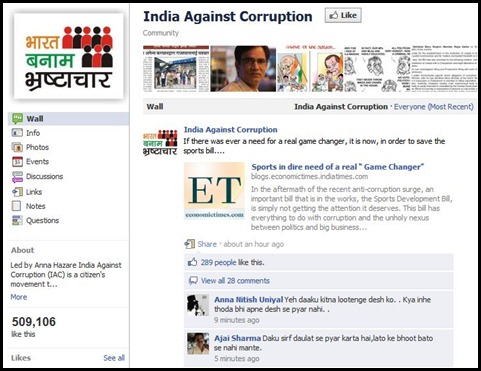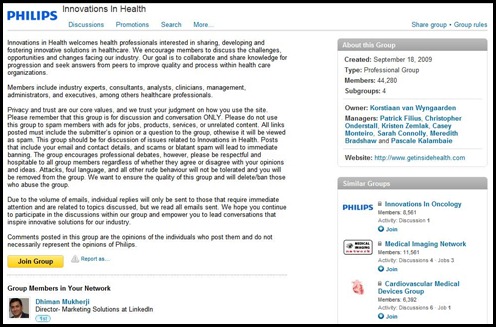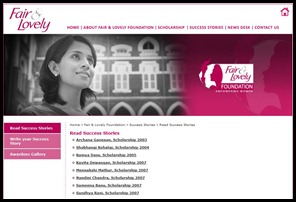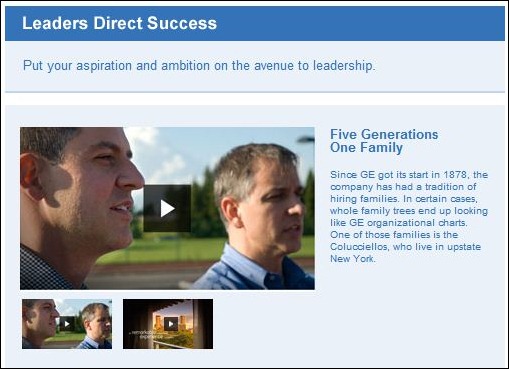This article of ours was first published in Business Today”s 20th Anniversary edition
It was only in 2008 when social media took its fledgling steps in India. 2011 was the year social media got truly established with Indian corporates as 20 million Indians went social! In 2015, we foresee, an exponential growth and significant innovations as 500 million Indians log on given the high mobile penetration and $35 tablets!
With so much happening, social media promises to be like the plot of a Bollywood blockbuster in the coming years – full of drama, triumphs and twists. Let’s take a quick peek into some of the future trends.
- Emergence of Rural Social Media:
Airtel believes that 700 mn rural Indian Internet users exist that remain untapped. Given that, Indian businesses will have to think rural in all aspects – social communication strategies, customized content as media consumption will be drastically different from urban centers, and rural workforce. Companies will have to divert advertising resources into creating content that is both captivating, relevant and ultimately building brand affinity with the users – be it in the form of videos, applications or plain text. Also companies will need to educate and nurture rural workforce. After all a 24-year old executive in Gurgaon will not be able to write content for a farmer in Warangal!
- Community Development:
There already is a shift in advertising spends as more monies are being diverted to BTL activities. This trend will see as significant boost as going forward companies will have to start investing in creating and maintaining social ecosystems for their brand. Ecosystems would involve building community of individuals who will spend their time and effort by being not just customers for the brand but also product innovators and ideators! Brands especially those operating in passion-led sectors like photography, bikes, etc will need to identify these individuals and panelize them to seek their ideas from product development stage to marketing and distributing it!
Few brands in India that have taken first steps in this direction are Royal Enfield and Canon. Both companies have built a social ecosystem that helps them leverage it not just for sales but also engage in a more profitable and wholesome manner! By doing that, they are betting that the collective social presence of this group will endorse and influence a much wider and larger audience towards their products as close to 40 million Indians today base their purchase decision based on online reviews.
- Profiles of brand managers:
The biggest change that we anticipate will be a change in the profile of the brand manager. Today, several corporates have global brand teams that manage the larger nuances of brand building and the local teams are involved with execution and activation work around the brand. The profile of the local brand activation team will undergo a drastic shift as social media gains significance. In order to operate successful online communities as mentioned in the previous point, corporates will seek out individuals who exhibit and follow their hobbies & interests that are in sync with their business. A clear case in point is Red Bull that has individuals on board with specific skill sets and inherent passion who lead their various sports & cultural initiatives! Hence an employee list that boasts of former cricketers and sports journalists!
- Social Media for Senior Leadership:
As Indian companies go global, it will be imperative for the senior leadership to build their presence in the social space. Global media would want to know more about the company and its team and would look at social media presence for the same. It is not uncommon today to read CEO tweets as newspaper headlines.
Also senior leadership will have to address other stakeholders – employees, customers and shareholders to help build connect with the company, receive direct feedback on their brands and assure safety on the monies invested respectively. Few good examples of this that come to mind are Mr. Anand Mahindra’s Twitter presence, HCL’s Mr Vineet Nayyar’s blog and GE India’s CEO Mr. John Flannery’s internal blog meant for employees.
- Individual Celebrities:
Brand endorsers will change completely. Gone will the days where the Bollywood and Sports brigade lapped up everything! Brands will sign up more real life individuals to bring in relevance and connect with their customers. These real life celebrities will be specialists in their own field and hence influencers on social media platforms. Offlate, various writers such as Chetan Bhagat (Revolution 20-20), Ashwin Sanghi (Chanakya Chants) and Sidin Vadukut (Dork & God Save the Dork) have successfully leveraged social media to gain celebrity status! Given that, Huawei India signed Chetan Bhagat so that they could connect with his fan base for their mobile and tablet offerings.








